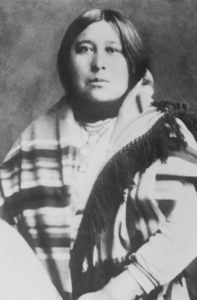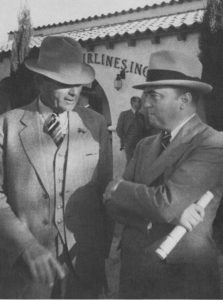This Side of Paradise by F. Scott Fitzgerald. New York, NY: Scribner’s, First Edition, March 26, 1920.
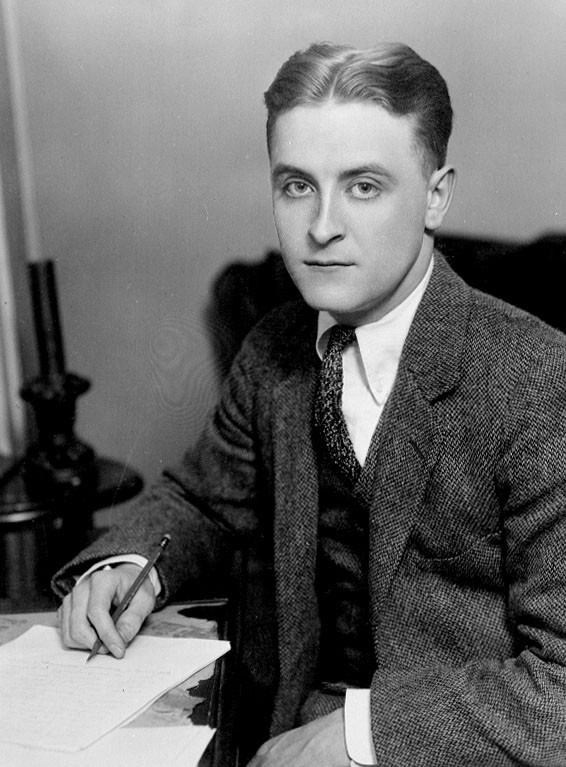 F. Scott Fitzgerald wrote his first novel, This Side of Paradise, as a semi-autobiographical account of his college years at Princeton University. Three more novels and numerous collections of short stories followed during his lifetime. He experienced limited success during his short life of 44 years, and regard as one of the greatest American writers came after his death. Over time, Fitzgerald’s work became synonymous with the Jazz Age, the lost generation of the 1920s, and the term, “flapper.” In a special insert in This Side of Paradise, Fitzgerald wrote to the American Booksellers Association:
F. Scott Fitzgerald wrote his first novel, This Side of Paradise, as a semi-autobiographical account of his college years at Princeton University. Three more novels and numerous collections of short stories followed during his lifetime. He experienced limited success during his short life of 44 years, and regard as one of the greatest American writers came after his death. Over time, Fitzgerald’s work became synonymous with the Jazz Age, the lost generation of the 1920s, and the term, “flapper.” In a special insert in This Side of Paradise, Fitzgerald wrote to the American Booksellers Association:
“My whole theory of writing I can sum up in one sentence: An author ought to write for the youth of his own generation, the critics of the next, and the schoolmasters ever afterward.”
The young author could not have proved his theory more succinctly. As a debut novel, This Side of Paradise flew off the shelves on a Friday, March 26, 1920. The first printing of 3,000 copies sold out within a week and two more printings were issued within a month. Fitzgerald had written the new modern novel, a sophisticated sequence of episodic scenes, prose, poetry, drama, book lists and quotations revolving around the life of Princeton student Amory Blaine. He wrote for his generation and commented in a 1921 interview: “I’m sick of the sexless animals writers have been giving us.” And “schoolmasters ever afterward” have been assigning The Great Gatsby, almost as a right of passage into adulthood.
John Grisham’s Camino Island (on sale June 6) highlights the high level of collectibility of Fitzgerald’s work in the form of a biblio-caper. When the manuscripts of Fitzgerald’s five novels are stolen from Princeton University, a young writer is solicited to help spy on a bookseller suspected to be involved in the heist. As a reader and collector of books, I had to do some of my own sleuthing into the collector’s world of F. Scott Fitzgerald.
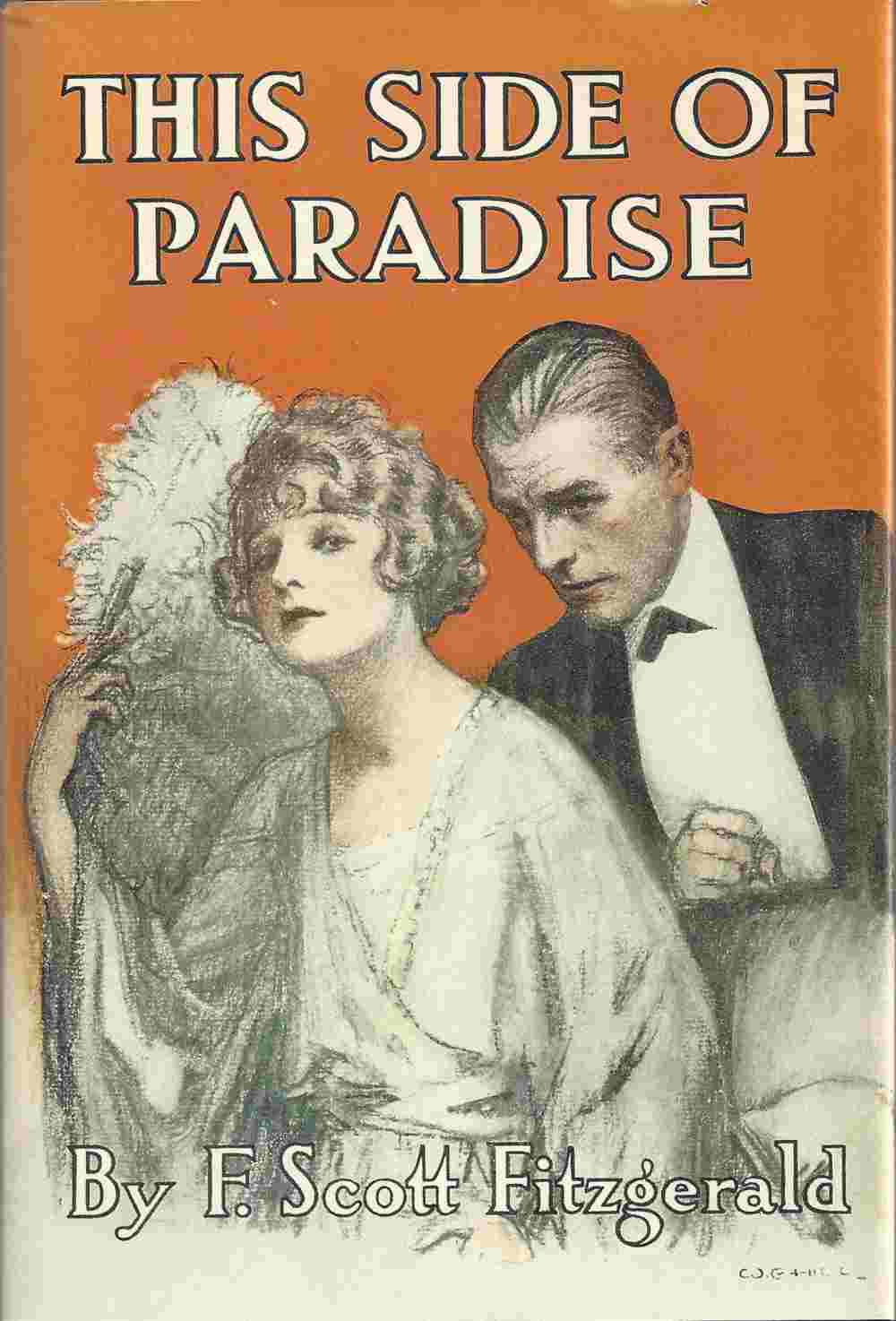 The dust jacket of any Fitzgerald first edition is key to its value. In the 1920s, publishers had only been making dust jackets for a short time. Readers often pulled them off and threw them away. Prior to the advent of the dust jacket, books were stamped with the title and author and often embellished with beautiful designs and gold stamped accents. The new dust jackets promoted the book, protected it, and advertised other books from the publisher. Because of this change in book design, it is very hard to find one of the 3,000 first printings of “This Side of Paradise”—a debut by a relatively unknown author—with the dust jacket present and in good condition. The era before climate control also did nothing to help preserve books.
The dust jacket of any Fitzgerald first edition is key to its value. In the 1920s, publishers had only been making dust jackets for a short time. Readers often pulled them off and threw them away. Prior to the advent of the dust jacket, books were stamped with the title and author and often embellished with beautiful designs and gold stamped accents. The new dust jackets promoted the book, protected it, and advertised other books from the publisher. Because of this change in book design, it is very hard to find one of the 3,000 first printings of “This Side of Paradise”—a debut by a relatively unknown author—with the dust jacket present and in good condition. The era before climate control also did nothing to help preserve books.
If one is lucky enough to find a signed first edition—with the elusive dust jacket—and have the funds to call it your own, it would likely run in the six digits. That’s way beyond the budget of most collectors but these rare books and manuscripts of Fitzgerald provide the perfect impetus for one of the country’s favorite writers, John Grisham.




 By Katie Magee
By Katie Magee When Nel Abbott jumps to her death in the river, she leaves behind her teenage daughter. Nel’s sister, Jules, comes to take care of her, returning to a town she was desperate to run away from. But this isn’t the first person to turn up dead in the water. The river has claimed the lives of several women over the years, and most recently, a teenage girl. However, not everyone is mourning the death of Nel, who was writing a book about the river’s past and dredging up memories the town would rather put to rest. Was someone desperate enough to keep secrets hidden…that they pushed her? Or is there something more sinister in the water that draws these women in?
When Nel Abbott jumps to her death in the river, she leaves behind her teenage daughter. Nel’s sister, Jules, comes to take care of her, returning to a town she was desperate to run away from. But this isn’t the first person to turn up dead in the water. The river has claimed the lives of several women over the years, and most recently, a teenage girl. However, not everyone is mourning the death of Nel, who was writing a book about the river’s past and dredging up memories the town would rather put to rest. Was someone desperate enough to keep secrets hidden…that they pushed her? Or is there something more sinister in the water that draws these women in? If the characters don’t draw you in, the setting certainly does. The small town trying to ignore its own tragic past (which involves drowning accused witches) sets a creepy tone for the story. I liked how Hawkins includes excerpts from Nel Abbott’s unpublished book about the girls who died in the river. It really added to the idea of the river being a character in the story and kept me wondering what was behind these suicides.
If the characters don’t draw you in, the setting certainly does. The small town trying to ignore its own tragic past (which involves drowning accused witches) sets a creepy tone for the story. I liked how Hawkins includes excerpts from Nel Abbott’s unpublished book about the girls who died in the river. It really added to the idea of the river being a character in the story and kept me wondering what was behind these suicides.
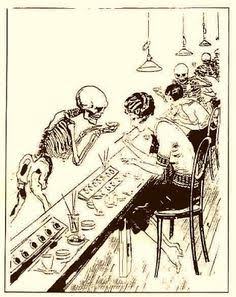 Most, if not all, of the girls who worked for USRC started getting ill. Some had sore mouths, some had achy joints, some started walking with limps, and some showed all of the symptoms. Several of the women developed deadly sarcomas. Since radium affected each girl differently, the sources of their illness were misdiagnosed. Syphilis, “phossy jaw,” early onset arthritis, etc. were some of the main diagnoses. These “radium girls” were dying left and right, and USRC kept denying that their deaths were work-related. Finally, with the help of sympathetic doctors and committee agents, radium was finally pinpointed as the cause of these deaths and illnesses.
Most, if not all, of the girls who worked for USRC started getting ill. Some had sore mouths, some had achy joints, some started walking with limps, and some showed all of the symptoms. Several of the women developed deadly sarcomas. Since radium affected each girl differently, the sources of their illness were misdiagnosed. Syphilis, “phossy jaw,” early onset arthritis, etc. were some of the main diagnoses. These “radium girls” were dying left and right, and USRC kept denying that their deaths were work-related. Finally, with the help of sympathetic doctors and committee agents, radium was finally pinpointed as the cause of these deaths and illnesses.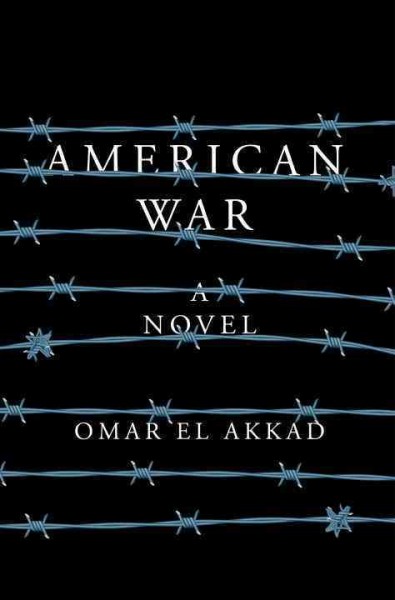 The story of Omar El Akkad’s
The story of Omar El Akkad’s 
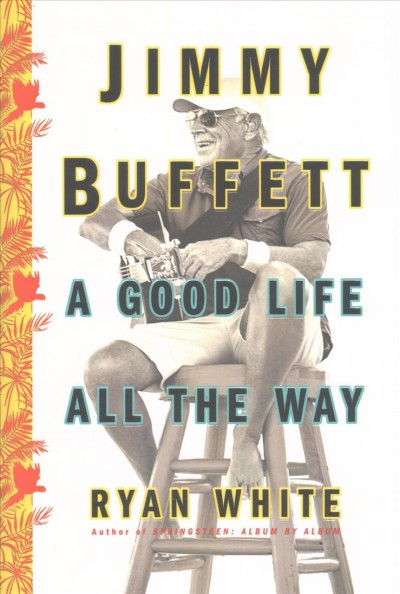 Jimmy Buffett is at the center of my musical taste, from way back when I was but a tiny child riding in the back seat of my mom’s Camaro. He’s known for his
Jimmy Buffett is at the center of my musical taste, from way back when I was but a tiny child riding in the back seat of my mom’s Camaro. He’s known for his 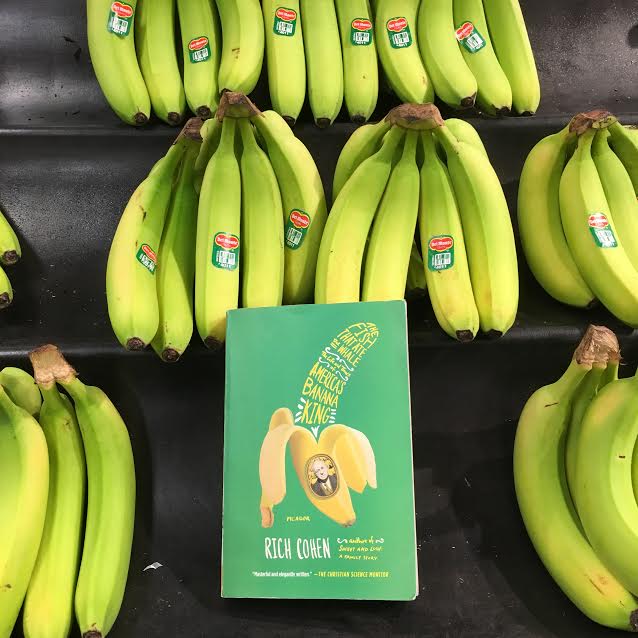
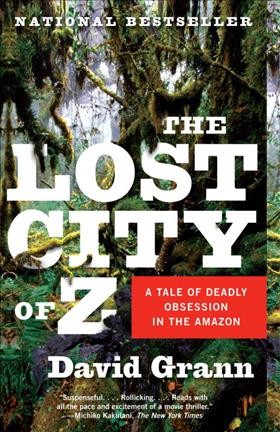 I’ve seen this book lurking around the store since I arrived here two years ago, but only felt compelled to pick it up due to the impending arrival of David Grann, who was here last week to promote his new book, Killers of the Flower Moon. Boy, am I glad I finally discovered The Lost City of Z…well, discovered the book anyway. It tells the captivating tale of Col. Percy Fawcett, a British explorer from the Royal Geographic Society who first comes to South America in search of adventure, and later becomes obsessed with finding a mythical city, representing for Percy the soul of the Amazon itself. This is the most captivating mystery in the jungle I’ve heard about since the television show Lost went off the air. Grann’s book is about obsession, history, geography, and the limits of what humans can ever empirically know. I cannot recommend this book highly enough.
I’ve seen this book lurking around the store since I arrived here two years ago, but only felt compelled to pick it up due to the impending arrival of David Grann, who was here last week to promote his new book, Killers of the Flower Moon. Boy, am I glad I finally discovered The Lost City of Z…well, discovered the book anyway. It tells the captivating tale of Col. Percy Fawcett, a British explorer from the Royal Geographic Society who first comes to South America in search of adventure, and later becomes obsessed with finding a mythical city, representing for Percy the soul of the Amazon itself. This is the most captivating mystery in the jungle I’ve heard about since the television show Lost went off the air. Grann’s book is about obsession, history, geography, and the limits of what humans can ever empirically know. I cannot recommend this book highly enough.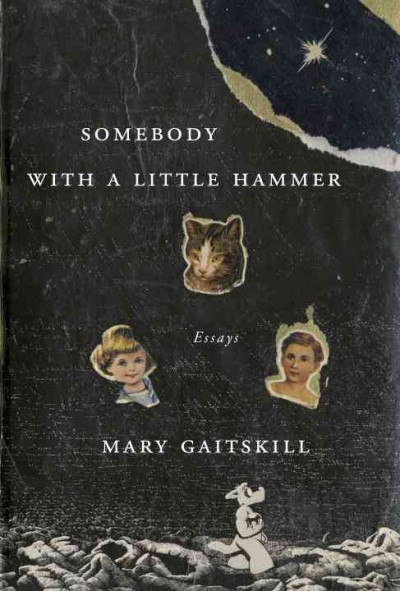 The 31 pieces included in Mary Gaitskill’s new book,
The 31 pieces included in Mary Gaitskill’s new book, 
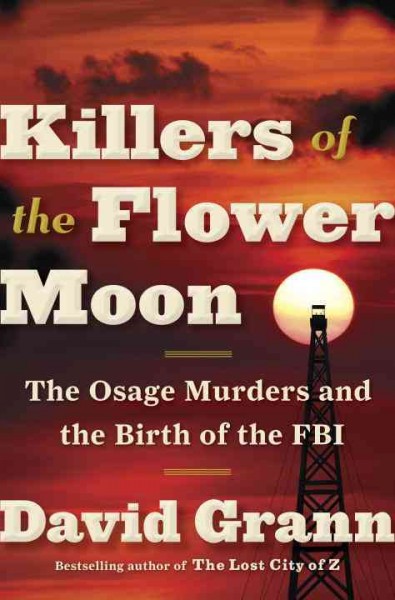 The Osage tribe in the late 1800s, like many other native peoples of the Americas, had been confined to smaller and smaller territories as white settlers hungered for their land. After seeing
The Osage tribe in the late 1800s, like many other native peoples of the Americas, had been confined to smaller and smaller territories as white settlers hungered for their land. After seeing 